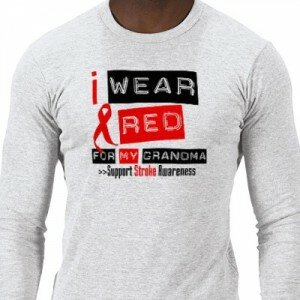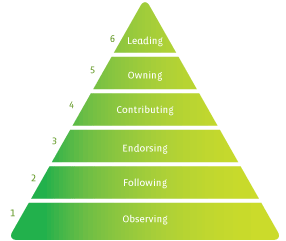 April is a day to get involved in raising awareness. Why? Today is TOMS Shoes’ One Day Without Shoes. One Day Without Shoes is a time dedicated to raising awareness about world health issues that arise when one does not have access to a pair of shoes. Many children around the world go without due to economic factors. Children who do not have shoes to wear daily are more prone to diseases such as Hookworm and they are more prone to infection form injuries.
April is a day to get involved in raising awareness. Why? Today is TOMS Shoes’ One Day Without Shoes. One Day Without Shoes is a time dedicated to raising awareness about world health issues that arise when one does not have access to a pair of shoes. Many children around the world go without due to economic factors. Children who do not have shoes to wear daily are more prone to diseases such as Hookworm and they are more prone to infection form injuries.
One Day Without Shoes is a great example of “slacktivism.” What is “slacktivisim?” Slacktivism is a way to give back to the community without directly doing acts of service. It is a way to not only make a difference for a beloved cause, but it is also a way to make someone feel good about him or herself due to a simple act of good.
Interested? Below is a list of other forms of slacktivism that you can participate in year round!
-
Use your money for good: Choose brands that support causes or sustainable practices. TOMS is a great example, whether you are buying their shoes or eyewear your purchase will go to a good cause. Other examples of brands that are
 making a difference are Warby Parker and Patagonia.
making a difference are Warby Parker and Patagonia.
- Tweet, tweet: Use Hashtags to support your favorite causes. Many organizations and brands will designate certain hashtags to be used for their campaigns. You can not only show your support, but also network with people who share your passion.
- Clicking for good: Show your support by liking your favorite brands and organizations on Facebook or other social media channels. It will help you stay up to date on the latest news and happenings occurring at the organization.
- Donations: Many organizations or brands will donate proceeds to a cause through clicks. If your organization is doing this make sure you click to help out!
- Donate your status: Donate your Facebook status or profile picture to a cause. It will help your friends and followers understand your passions and will help get the organization’s mission and message out!
-
Wear a ribbon: Do you support a cause that is represented by a certain color? Wear a ribbon showing your support.
 When others ask you about it you can tell them to help show support for the cause.
When others ask you about it you can tell them to help show support for the cause.
- Watch a documentary: Interested in a cause, but you do not know much about it? Check out a documentary that informs. Invite your friends or family to watch it with you to get the discussion going!
We hope these ideas get you out there to show your support for your favorite causes and organizations! Whatever you are interested in, find a way to get the word out around your community.
How are you showing support for your favorite cause? Share with us in the comment section below, we would love to hear about it!





 Today’s post comes from Cher Hale, a student and activist in Las Vegas, Nevada.
Today’s post comes from Cher Hale, a student and activist in Las Vegas, Nevada.
